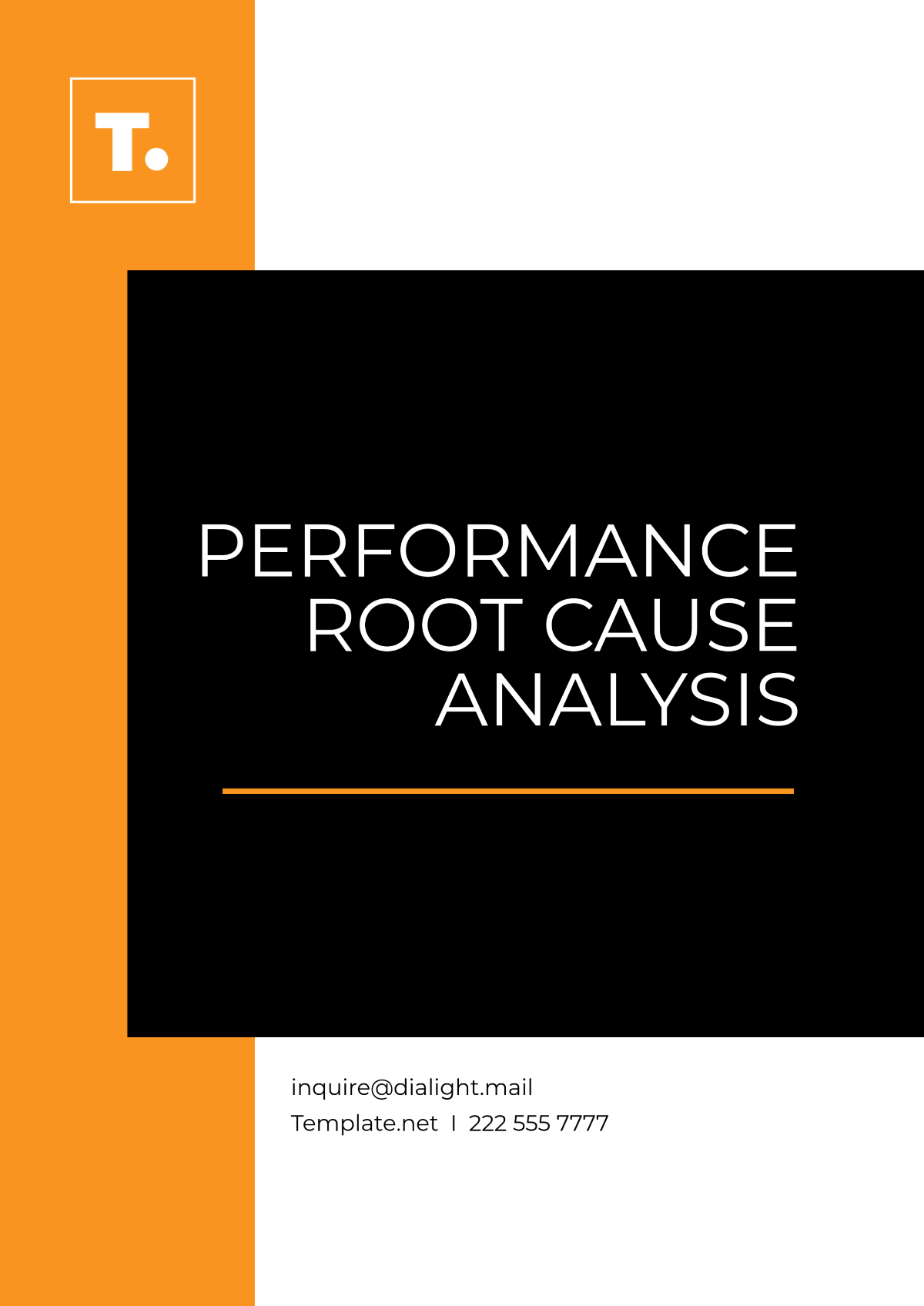Non-Conformance Root Cause Analysis
Prepared By: [YOUR NAME]
I. Incident Details
Date: May 15, 2062
Time: 14:35
Description: During routine quality control inspection, it was discovered that the batch of manufactured widgets was 15% below the required strength specifications. This deviation was noted in a product line known for high durability and reliability, causing immediate concerns regarding the continuation of production.
II. Impact Assessment
The non-conformance primarily impacts product quality, posing potential risks to customer safety and satisfaction. Failure to meet strength specifications can result in product failures under typical usage conditions, leading to potential safety hazards. Additionally, this deviation could breach compliance regulations, potentially resulting in penalties and damaging the company's reputation.
III. Root Cause Analysis
Using the 5 Whys methodology, the following root causes were identified:
Why 1: Why did the widgets not meet strength specifications?
Explanation: The alloy composition was incorrect.Why 2: Why was the alloy composition incorrect?
Explanation: The raw material supplier delivered the incorrect mix of metals.Why 3: Why did the supplier deliver the incorrect metals?
Explanation: The supplier's order system failure led to the shipment of an unintended batch.Why 4: Why was there a failure in the order system?
Explanation: The supplier's system upgrade caused a programming error.Why 5: Why was the error not identified before shipping?
Explanation: Due to inadequate testing of the upgraded software.
IV. Corrective Actions
To resolve the issue and prevent recurrence:
Immediate halt of production: Suspend all production using the affected batch to prevent further quality issues.
Supplier engagement: Conduct an urgent meeting with the supplier to address the issue and agree on corrective measures, including verified replacement materials and a review of their order processes.
Quality control enhancement: Implement additional checkpoints within the quality assurance process to detect similar issues earlier in the production cycle.
V. Preventive Actions
To avoid future non-conformance issues:
Supplier audit: Conduct a comprehensive audit of suppliers and their systems to ensure that such errors are pre-emptively detected and rectified.
System upgrade oversight: Collaborate with suppliers to implement rigorous testing protocols for their systems before upgrades are finalized and deployed.
Staff training: Increase training programs to emphasize the importance of verifying materials at all stages of production and reception.
VI. Responsibility Assignment
Task | Responsible Party |
|---|---|
Production halt and rescheduling | Operations Manager |
Supplier engagement and monitoring | Procurement Team |
Enhancement of quality control processes | Quality Assurance Team |
Supplier system audit | Compliance Officer |
Staff training development and execution | Training and Development Team |
VII. Follow-Up and Review
Tracking and verification are essential for assessing the effectiveness of corrective and preventive measures:
Regular meetings: Weekly meetings to monitor progression and any issues arising from implemented corrective actions.
Effectiveness review: A thorough review is scheduled for August 2062 to evaluate the long-term effectiveness of implemented strategies and their ability to prevent a recurrence.
Continuous improvement: Encourage feedback and suggestions for continual improvement of processes from the involved teams and stakeholders.

















































